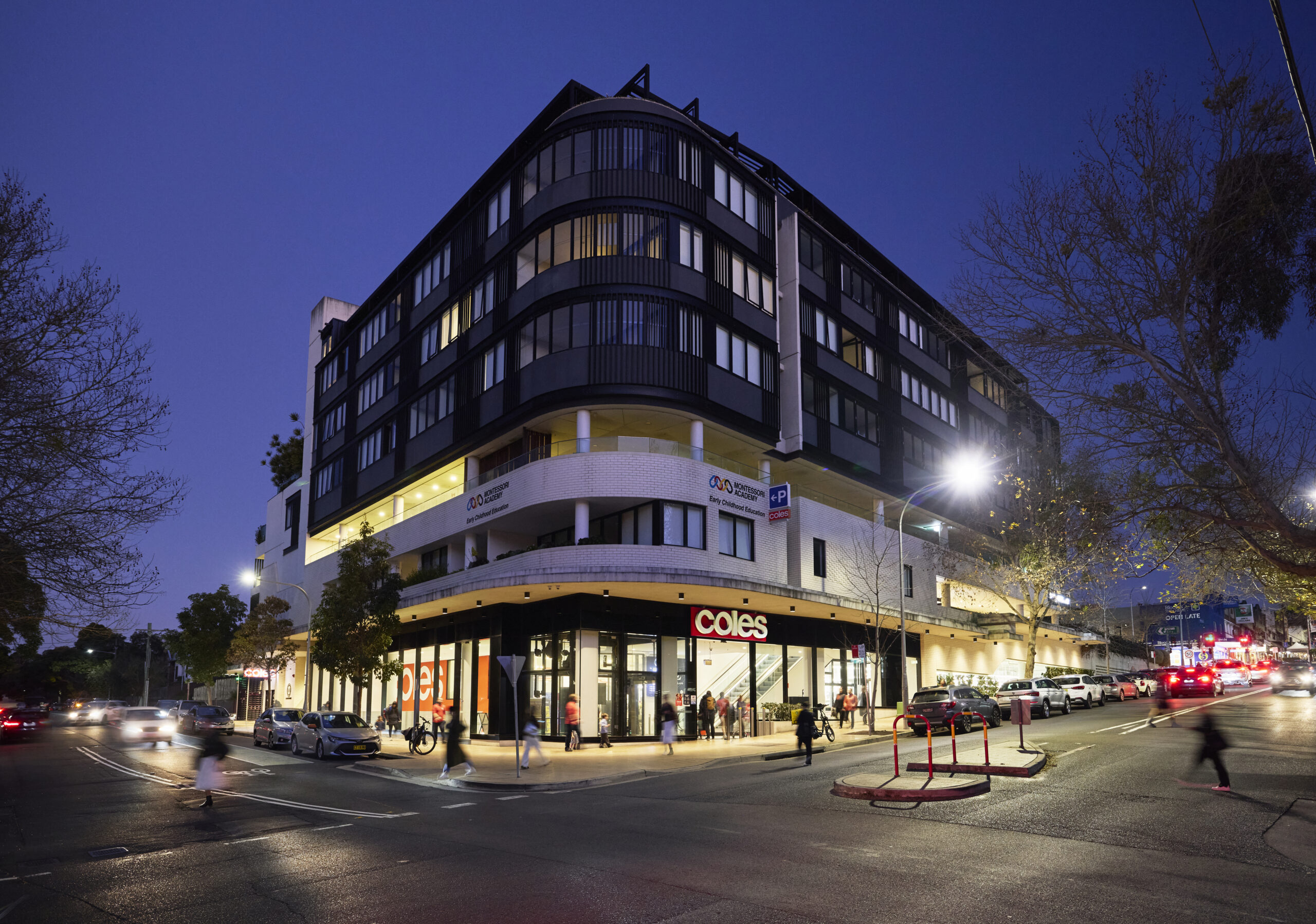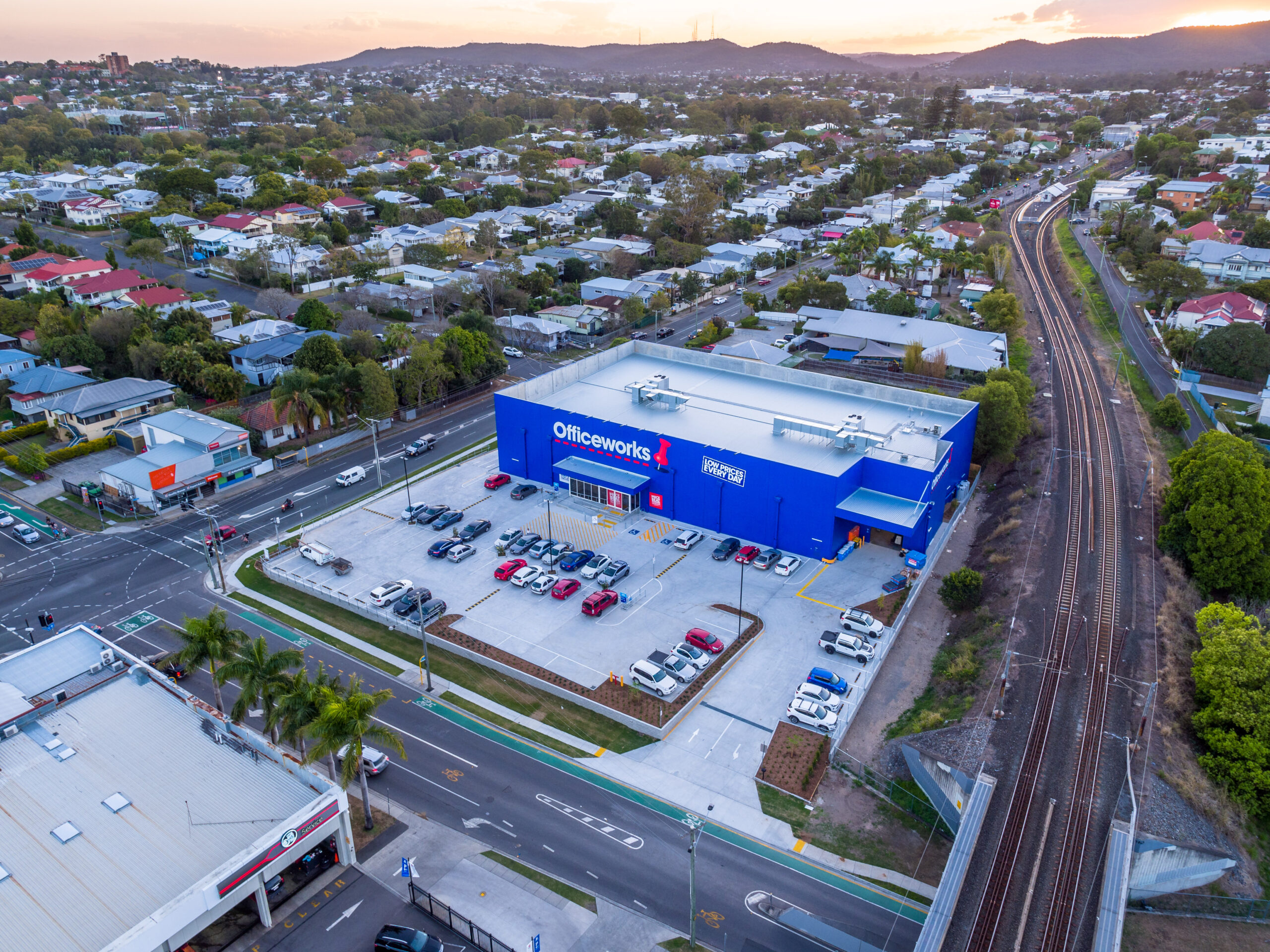Australian Retail Outlook: Modest May Growth Led by Seasonal Rebound Amid Cautious Consumer Climate
4 July 2025
Australian retail turnover increased by 0.2 percent in May 2025, driven largely by a seasonal rebound in winter apparel and department store sales. This follows a flat result in April and continues a trend of subdued momentum through the first half of the year, according to the Australian Bureau of Statistics (ABS) and Westpac Economics.
Clothing, footwear and personal accessories lifted 2.9 percent, while department store turnover rose by 2.6 percent. Both categories recovered strongly after weather-related declines in April, with the ABS noting that consumers had deferred winter purchases due to unseasonably warm conditions earlier in the season.
However, beyond these seasonal gains, broader spending remained subdued. Food-related retailing fell for a second consecutive month, down 0.4 percent, while household goods and hospitality categories were flat. Other retailing declined by 0.2 percent.
Year-on-year, total retail turnover rose 3.3 percent to $37.3 billion. This represents a slowing pace of annual growth, down from 3.8 percent in April. Westpac data also showed that retail turnover over April and May rose just 0.4 percent compared to the same period in Q1. This is significantly lower than the quarterly gains of 0.7 to 1.3 percent seen throughout 2024.
State and Channel Dynamics
Performance across states was mixed. Western Australia led with a 0.7 percent monthly rise, extending its growth streak to seven months. Victoria followed with a 0.2 percent increase, while New South Wales, Queensland and South Australia each recorded a 0.1 percent lift. Tasmania was the only state to decline, falling 0.1 percent.
Online sales declined by 0.6 percent in May, with a 1.1 percent fall in non-food categories partially offset by a 0.7 percent rise in online food purchases. In-store purchases rose by 0.3 percent. Large retailers outperformed, with food chains growing 1.4 percent and non-food chains up 1.9 percent. Small retailers, however, saw turnover fall by 0.3 percent.
Sector Performance: Winners and Laggards
On an annual basis:
- Cosmetics, sporting and recreational goods saw the strongest growth, rising 4.78 percent
- Cafes, restaurants and takeaway services followed with a 3.83 percent increase
- Department stores rose by 3.7 percent, while clothing and accessories grew by 3.5 percent
- Food retailing and household goods trailed, increasing by 2.58 percent and 2.81 percent respectively
The results highlight a shift toward discretionary categories, with food and essential spending remaining under pressure amid elevated cost-of-living concerns.
Consumer Sentiment and Macro Outlook
Despite two interest rate cuts in 2025 aimed at stimulating demand, and headline inflation easing to 2.1 percent in May, household sentiment remains fragile. KPMG economist Terry Rawnsley notes that tighter budgets and shifting habits—especially among younger demographics—have driven stronger engagement with online discount channels.
Australian Retailers Association CEO Chris Rodwell emphasised that retailers continue to face rising input costs, including wages, leasing, energy and insurance. He reiterated calls for the RBA to lower interest rates further to restore consumer confidence in the second half of the year.
“Retail sales only tell part of the story,” Rodwell said. “We want to see retailers move from survival mode into a growth phase that contributes meaningfully to the national economy.”
Retail Indicators in Transition
May’s data is among the final monthly retail trade surveys, with the ABS set to discontinue the series after the June release on July 31. The Monthly Household Spending Indicator will replace it as the key early signal for household consumption. ABS has already shifted to alternative data sources for National Accounts calculations, so the transition will not affect headline GDP reporting.
Executive Outlook
While discretionary categories have shown resilience, structural challenges remain. The broader retail recovery will depend on a stabilisation in household finances, ongoing labour market strength, and further monetary easing. Businesses that focus on digital enablement, operational efficiency and price-value clarity will be best positioned to lead in a slower consumption environment.
To move from stagnation to sustained growth, retailers must strengthen their margin strategies and double down on delivering targeted value to increasingly cautious consumers.






